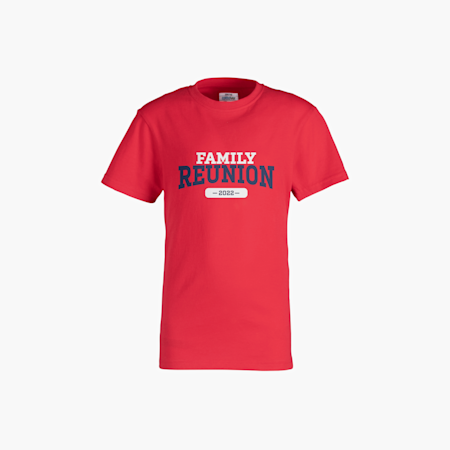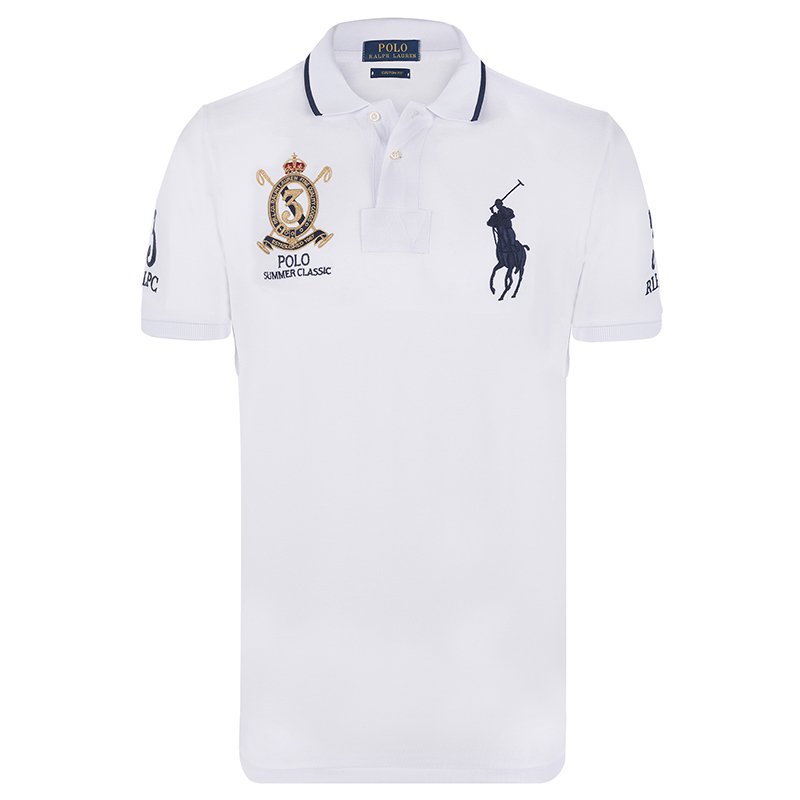Free Shipping All Over The World
Get Started !Phone
833-winfieldcustoms
Our Hours
Mon-Fri: 8AM-5PM Eastern
MENU
screen-printing process and step-by-step guidance information
31-Dec-2022- 3 min read
What is screen printing?
Screen printing refers to the act of transferring a stenciled pattern onto a flat surface with a mesh screen, ink, and ink. Paper and fabric are the most popular screen-printed surfaces. However, using certain inks, you can print onto metal, wood as well as plastic, and even glass. The fundamental method is to create the stencil on an extremely fine mesh screen with the use of ink (or paint for posters and artwork) to create a pattern on the surface beneath.
The process is often referred to as "screen printing" or "silkscreen printing', but the actual printing process is identical. The process of making stencils can differ based on the type of material being employed.
Different stenciling techniques are:
- Use masking tape or even vinyl to protect the desired areas of the screen.
- Applying the stencil to the mesh with screen blockers', such as lacquer or glue.
- Utilizing a light-sensitive Emulsion to make stencils. The stencil is then made into an image.
Designs made using screen printing techniques may use only one color or even a few. For many-colored items, they must be applied separately. A separate stencil should be used for each color.
What is screen printing? How does it function?
- The most fundamental method of screen printing is making a stencil for the mesh screen.
- Then, apply ink or paint through the stencil, allowing it to imprint your design on the surface of your chosen material.
- One of the most interchangeable elements that are involved in this process is the various stenciling techniques that are employed. Therefore, the procedure of printing remains mostly the same. There are many methods to create stencils.
- Designs made through the process of screen printing may use a variety of hues of ink.
- When you are working with multi-colored designs, each shade must be applied separately with an individual stencil.
Screen printing is utilized
Screen printing is typically connected with lanyards, t-shirt bags, balloons, bags, and other products. But, it is also utilized when applying latex to printed promotional scratch cards, or for an artistic printing process known as spot UV.
The same procedure is used for using the screens, the transparent layer is then exposed UV radiation lamp to initiate dryness.
Mostly utilized to enhance logos or show specific words. Spot UV is a fantastic option to take your printed design to the next step.
How to Screen Print on Fabric?
The stencil is put on top of the screen. Then, underneath it is a cloth. The entire surface must be perfectly flat. Ink is added to the top of the screen stencil sandwich. A squeegee is then utilized to draw ink onto the screen. This pushes ink into the stencil.
It prints the image on the bottom of the fabric. The spaces are created on the screen. By using this method, each screen can be used to represent the same color. However, it is possible to use it multiple times. Screen printing can be made less expensive for larger prints. Particularly, the image reproduction is stunning. It's also fantastic for making sharp edges as well as large chunks of color. The use of multiple dyes it's not a simple process and results in lots of waste. This is a tedious printing technique. Therefore, short runs aren't optimal. This isn't the best option for pictures or colors that are graduated.
What is the difference between screen printing and digital printing?
Direct-to-garment (DTG) digital printing utilizes an exclusive fabric printer that can transfer images directly onto the fabric - much like an inkjet printer on a computer. This is different from screen printing since it uses a digital printer to transfer the image directly to the textile. There is no stencil. This means that many colors can be printed simultaneously instead of separating layers. This method is typically employed to print intricate or extremely vibrant designs.
As opposed to screen printing does not require any setup. Digital printing is the most cost-effective choice to print small batches of clothing or individual products. It also uses an image that is computer-generated instead of stencils. This is ideal to create photos or intricate designs. But, since colors are printed with dots of color in CMYK instead of a solid block of color. This doesn't offer the same level of color as you'll get with screen printing. It's impossible to create texturized effects using a digital printer.
What is the difference between silk screen printing and heat transfer?
The term "heat transfer printing" is the term used to describe any printing method that utilizes heat to transfer the design onto a material. The image is printed on a material that is then coated with an adhesive. This is known as sublimation or transfer paper. When a heat press is pressed to the transfer sheet, the adhesive reacts with the heat and adheres to the fabric's surface. that creates a printed textile.
The process of printing with heat transfer is simple and affordable. It is a great option for small quantities of personalized printing. It is also able to transfer intricate photographic designs. Screen printing is not able to do. Digital transfer printing may also be used to create stunning results on things like shoes, bags, and hats. These items can be challenging to screen print because of their peculiar shape.
Additionally, you can combine the process of heat transfer using digital methods. This gives you the best combination of the two. Digital print, designs are developed using computer software which is then printed using white transfer paper. The design is cut using a device called a plotter. It follows the outline of the digital to produce exact results. The completed transfer is then put on the garment or accessory in the desired spot and is heated to create a bond with the cloth.
If there's a disadvantage to using heat transfer printing. The quality of the print can differ significantly based on the type of material used. Also, certain printers that use low-quality materials and methods have earned an unpopular image in recent times. However, so it is a quality transfer material is used, and the design is carried out with attention to detail. The resultant garment is a durable piece with high-end quality. Our digitally printed clothing is created with premium, soft-feeling transfer materials. They are made using modern plotters and printers and we are confident that we can provide one of the most advanced digital printing options available.
Applications for screen printing
Screen printing can be more flexible than other printing techniques since it can be used to create designs for materials that are of any size, shape, and thickness. Screen printing has had a myriad of applications.
- Designs on clothing
- Medical devices
- Decals and stickers
- The balloon
- Product labels
- Indications
- shows
- Merchandise
- Textile Fabric Design
- Sports products
Conclusion
For those who wish to print on dark fabric. Screen printing is the ideal choice. It's a versatile method that lets you print on glass, wood metal, paper cloth, and even plastic. A stencil may be employed many times in the same row. This is an excellent method for printing large quantities.
What Is The Minimum Order Quantity?



